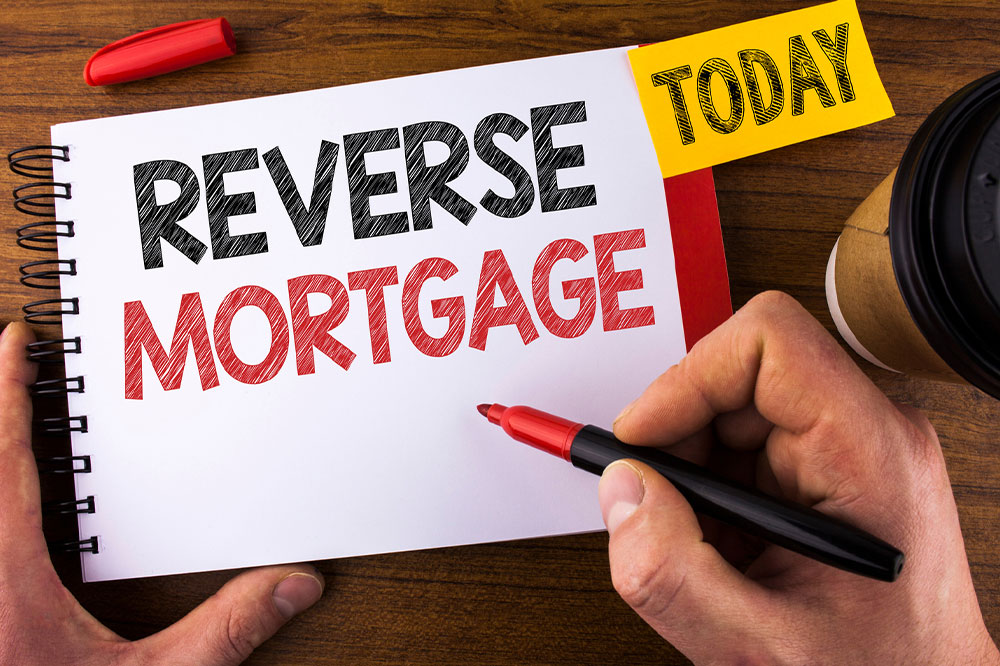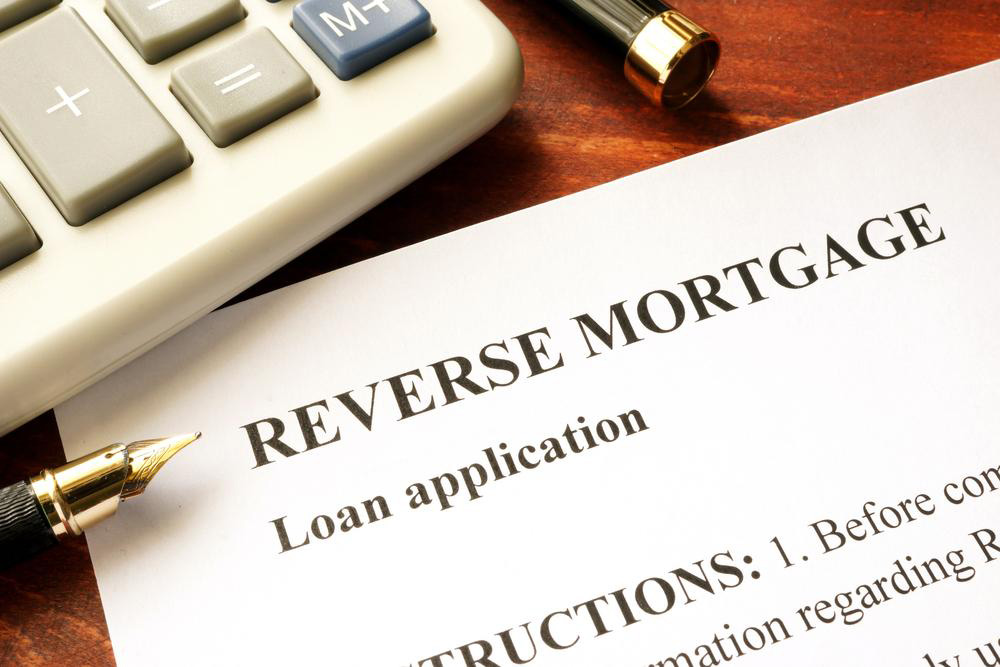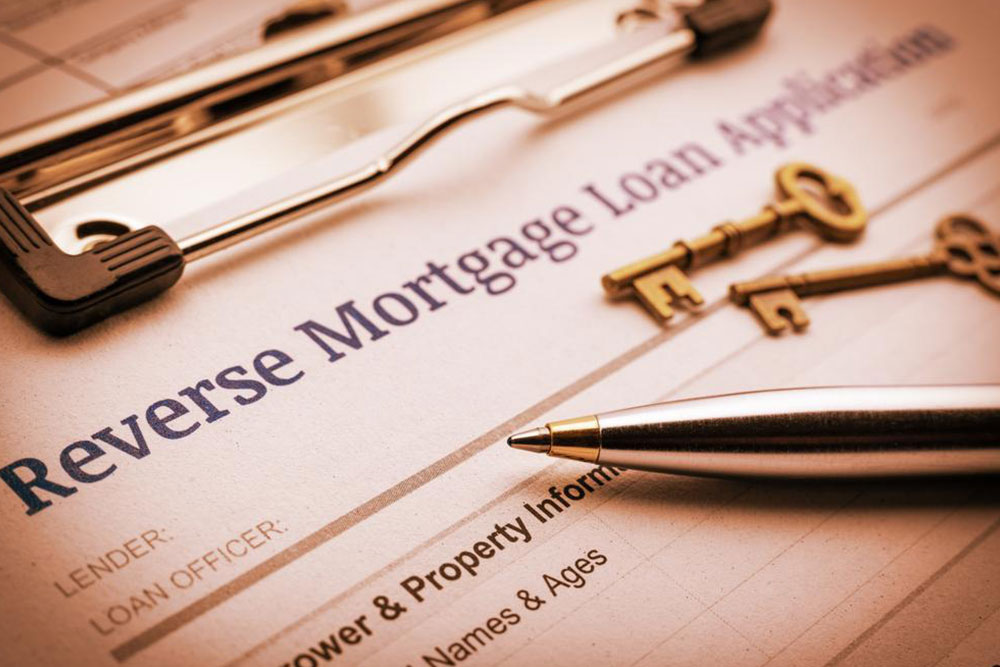Understanding US Mortgage Lending: Rates, Application Process, and Market Dynamics
This article provides an in-depth overview of the US mortgage lending landscape, covering application procedures, market competition, fixed versus variable rates, and ways to build home equity. It offers practical tips for prospective borrowers to navigate the mortgage process efficiently, compare lender offers, and understand the financial implications of different loan types. Gaining insights into these aspects can help buyers make informed decisions and secure favorable mortgage terms in a highly competitive market.

Overview of Mortgage Financing in the United States
The US mortgage system operates quite differently from other countries. In the United States, mortgages are regarded as negotiable debt instruments, which can be easily transferred or assigned. This facilitates financial institutions to free capital and extend mortgage loans that can be sold as securities. Government-sponsored entities like Freddie Mac and Fannie Mae play a significant role in processing and backing these loans. Unlike many other nations, US mortgage interest rates are typically fixed.
Steps to Apply for a Mortgage
To secure a mortgage, applicants generally work with an underwriter. Alternatively, choosing a mortgage broker can streamline the process, as brokers maintain networks with lenders and do not lend directly.
When engaging with an underwriter, applicants usually need to provide:
Credit reports
Proof of employment and income
Residential history for the past two years
Financial statements including savings and accounts
Purchase agreement of the property
If gathering these documents feels burdensome, options like low documentation or no documentation loans are available, which do not require detailed proofs. However, these loans tend to carry higher interest rates. Pre-approval can also be obtained to support quicker offers and demonstrate serious intent to sellers.
Another characteristic of US mortgages is the sizable downpayment requirement. Typically, a 20% down is standard, but for no- or low-doc loans, higher upfront payments are often necessary, with some loans offering 100% financing for qualified borrowers.
Competitive Mortgage Market Landscape
Although overall interest rates resemble those in Europe, the US mortgage sector is highly competitive among banks and lenders. To get the best deal, borrowers should compare multiple lenders’ offers before deciding. Working with your existing bank can simplify the process, but shopping around usually yields better terms by considering various origination and closing costs from different providers.
Fixed versus Adjustable Rate Mortgages
In the US, mortgage rates are predominantly fixed, meaning your interest rate remains constant throughout the loan term. To benefit from potentially lower rates, refinancing might be necessary if market rates decrease. Adjustable or variable rate mortgages tend to start with lower initial rates but carry the risk of increasing over time. Borrowers should carefully evaluate their financial situation and use mortgage calculators to understand potential fluctuations and impacts.
Building Home Equity
With each payment, part of the amount reduces the principal, helping to build equity in your property. If property values appreciate, equity increases further. This equity can be leveraged via home equity loans or lines of credit, serving as collateral for additional financing options like second mortgages.
Gaining a comprehensive understanding of the US mortgage environment is key to making informed borrowing decisions and exploring a variety of options tailored to individual needs.










